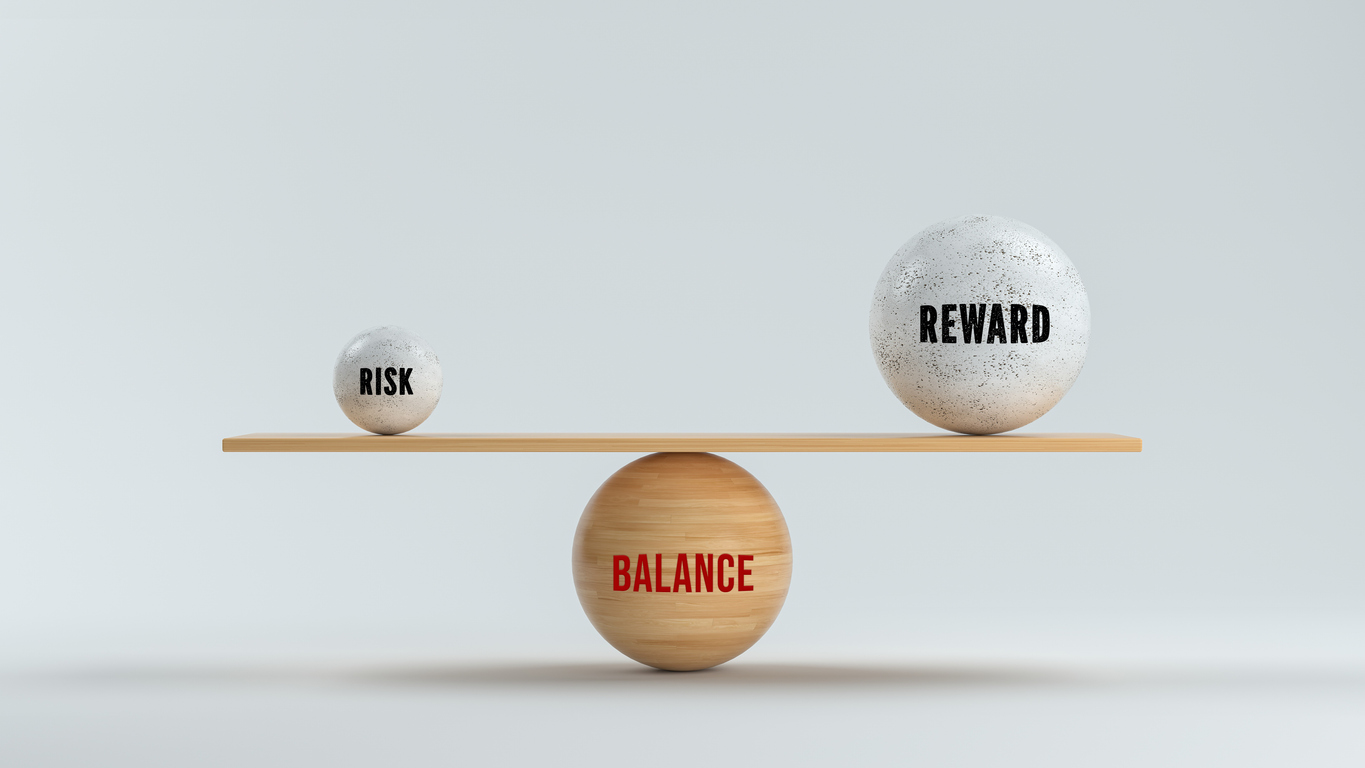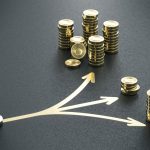Most traders endure the risks of the forex market because they have high hopes for future rewards. If you put a lot on the line, there should be some compensation for it. This is most investor’s mindset, and it is valid. Imagine you invest a capital worth $50, and you have an expectation of a marginal return of $150. Here, you have a 1:3 risk-to-reward ratio, and there will likely be a more significant motivation to pursue such an investment opportunity. The risk-reward concept is a crucial factor in the foreign exchange market. In this article, we’ll discuss all there is to know in detail about this phenomenon and how to measure it in your daily trading activity.
Understanding the Risk/Reward Ratio
Risk and reward in the foreign exchange market detail the potential returns an investor gets for every dollar they put into the market.
Many traders use this concept to weigh in on a trade's possible returns before deciding whether such an opportunity is worth the risk. They use it to determine which trades to take and which to avoid and measure the potential of one investment against the other.
Most investors see a 1:3 risk/return as an ideal ratio, considering that it gives them at least three times more than their initial investment. The acceptable ratio often varies, but anything between 1:2 and 1:3 is the ideal investor expectation or recommendation. A high ratio indicates a more favourable trade performance, but a lower one signifies the opposite.
How to Calculate the Risk/Reward Ratio of a Trade
Calculating this ratio is straightforward. All you need to do is divide the amount you’d likely profit by the amount you stand to lose — that is, divide the reward by the risk.
Consider this: you buy an asset or currency with $200 and plan to sell at $400, making your profit $200. If you’re willing to risk the entire $200, you can get your risk/return by dividing that value by the value of your yield. Dividing $200 by $200 would give you 1:1, your ratio.
Imagine the same scenario, but with a maximum risk of $100 and a potential gain of $200; the ratio would be 1:2. This translates to your willingness to risk $100 to make double the amount. Advanced trading platforms have tools to help traders make these calculations when carrying out a trade. One such platform is TradingView.
Risk and Stop Losses
Automating stop-loss orders is one of the most practical scenarios for using this ratio. When you set a stop-loss order to a certain amount, you simply say that is the highest risk you will take.
Using a stop loss helps you control the chances you’re ready to take. If you buy a stock at $60 and set a stop loss at $55, your risk is #5. If your target profit is $70, the ratio is 1:2 ($5:$10 reward).
Using a stop-loss helps you stay within this gamble and drop out of the trade before losing more than intended. The stop loss should be your holy grail of risk management as an investor. If you set a price limit and your order exceeds this, it’s best to sell and look ahead for better opportunities.
Reward/Risk Ratio vs. Win Rate
Win rate in forex refers to the percentage of your trades that result in profit. If you make 50 trades in a day and 25 of them are profitable, you have a 50% win rate.
Win rate relates to risk and reward because a strategy with a high win rate can be profitable even with a low risk-to-return ratio. If the frequency of having a profitable trade is high, it could compensate in profits relative to a lower frequency of losses.
Conversely, a low profitability frequency strategy can still be favourable if the return ratio is high. The more significant gains can offset the losses from past trades.
Why Professional Traders Use Risk/Reward Calculations
It is always essential to wait for trades with a good risk-reward ratio. These were the words of a professional trader, Alexander Elder. When you follow experienced traders and have conversations with investors online, you’ll notice how much they talk about the relevance of this concept to their trading success. This shows that any investor looking to build wealth and succeed as a trader needs to understand this concept, its practicality, and how to use it in everyday trades. If you’re a beginner, you can consider using advanced trading tools to carry out your calculations and use them in your daily trading activities.














